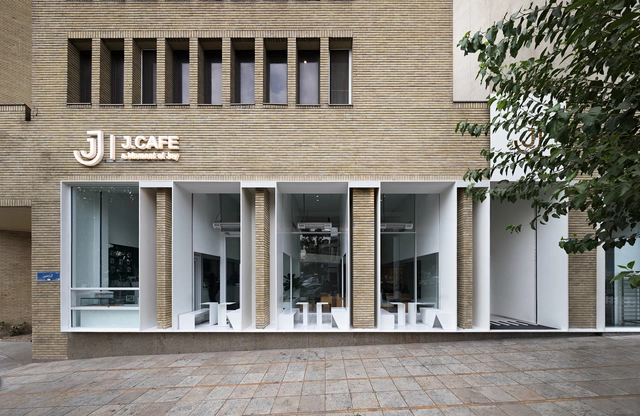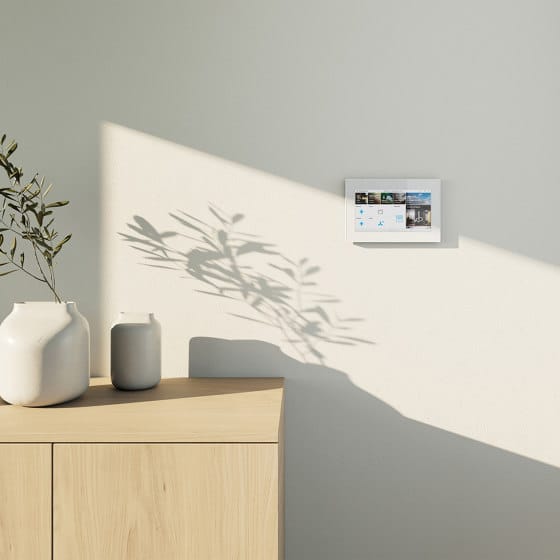J Cafe / Kanisavaran Architectural Group






- Area:
350 m²
Year:
2024
Manufacturers: FAD
-
Lead Architect:
Mohammad Kanisavaran

Text description provided by the architects. Passage, portico, cafe, pause, passage, portico, cafe, interaction – This arrangement of words gives an interpretation of the hidden and obvious scenario of this cafe. A cafe near one of the main squares of the capital and ironically adjacent to one of the suburban terminals and a possibility for a first meeting. The cafe in its nature has the characteristic of creating interaction and companionship, and although this interaction does not necessarily happen through speech and Maybe a moment of pause and look and passing is a memorable interaction itself. Although stoicism was once for stoicism, today they are created in the desire to create a connection. A pause and a gesture, or a greeting, a gesture, or a look and a gesture, all bring to mind one thing, a motivation derived from an inner impulse that tries to communicate. An invitation that is expressed without any care and there are no boundaries to enter.



The porticoes here have a friendly construction not only with the passers-by and its inhabitants, but they have created a delicate co-embrace with their old building. The porticoes were born in their most delicate state and supported by stout columns, they ensured their survival. Their creation did not end with the connection between passing and passing, and this connection has expanded from passing to inside and all its internal layers. The result of this expansion and communication was the construction of self-made spaces whose creation and survival depended only on living together. The project was formed and evolved from layers, whose goal was not to be just a normal layer, but rather an opportunity to create a less space and maybe not experienced at all. The layers that create the scenario of pause, transition and space in a combined way from the outside to the inside of the building and vice versa. A bold look at the central view and the division of the entrance space in the “Z” axis, although the central layers divide the space in the “X” and “Y” axes, but in the central view, this division takes place in the “Z” axis, and also It changes the relationship of the space in the vertical relationship in an oscillation from the highest to the lowest height.



The scenario of pause, passage, interaction continues in the space – On the ground floor, by creating a library space in the small space at the end of the hall, in addition to creating a vertical connection in the space, it emphasizes the physical connection in the horizontal axes of the building. The library space was the product of the connection of the layers with the empty space that they created within themselves and created an opportunity to create interactive and social spaces around them. The social table on the ground floor gives a place to create to the passers-by who have entered to experience togetherness in a new way. On the first floor, the layers continue to live and depend on creating a space to stay. In this project, the portico and its layers have an invitation without a frame to pass through it and retell the portico with a contemporary definition for its contemporaries and provide the opportunity to live the building with its passage.







